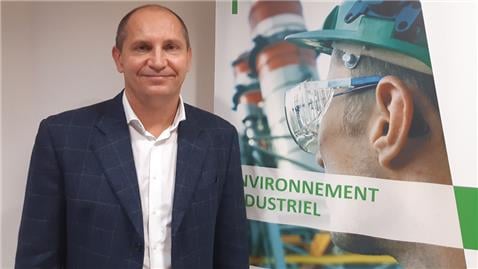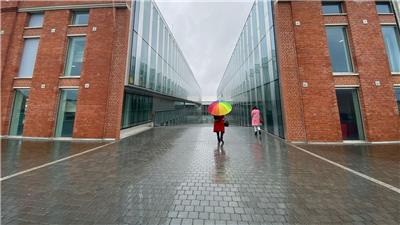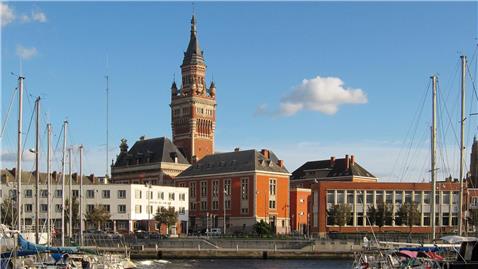
Air
“It is essential to reconcile air quality with economy”
Franck Hélias is General Delegate of MEDEF* Côte d’Opale which represents 250 member companies...
 SUEZ has been involved with the project since it first began and manages the working group on air quality. SUEZ Group will introduce an air quality monitoring system which will be used as a decision-making tool for local public authorities and which will provide inhabitants with more information on the air they breathe. Nicolas Prego, Smart & Sustainable Cities Technical Director at SUEZ, explains: “Today, there are many uncertainties. Most pollutants are often invisible to local inhabitants. We lack precise figures regarding the quantity of pollutants people breathe at a given spot in the city at a given time. The degree of precision is about one kilometre and two maps are provided each day. Tomorrow, inhabitants will have access to information on a street number level and almost in real time. Meanwhile, public authorities will be able to consult a map enabling them to manage the issue and make decisions, just like an aircraft pilot who needs a flight deck to decide what actions to take.”
SUEZ has been involved with the project since it first began and manages the working group on air quality. SUEZ Group will introduce an air quality monitoring system which will be used as a decision-making tool for local public authorities and which will provide inhabitants with more information on the air they breathe. Nicolas Prego, Smart & Sustainable Cities Technical Director at SUEZ, explains: “Today, there are many uncertainties. Most pollutants are often invisible to local inhabitants. We lack precise figures regarding the quantity of pollutants people breathe at a given spot in the city at a given time. The degree of precision is about one kilometre and two maps are provided each day. Tomorrow, inhabitants will have access to information on a street number level and almost in real time. Meanwhile, public authorities will be able to consult a map enabling them to manage the issue and make decisions, just like an aircraft pilot who needs a flight deck to decide what actions to take.”Bernard Weisbecker, President of Flanders Dunkirk region’s Urban Planning Agency believes that, “it is not only the introduction of new procedures that matters but also the confidence people have in the air quality data they are given. Transparency is very important. Which is why we are currently looking for new ways of communicating with people on a more precise level.”


